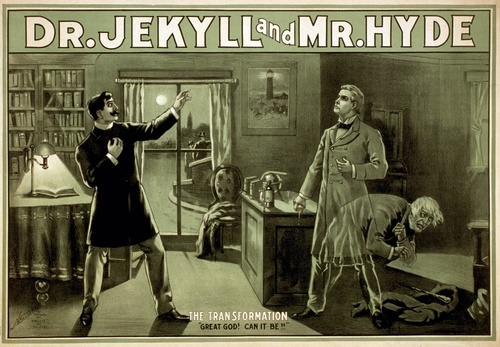When was the last time you launched a direct marketing effort with the goal of generating a 0% response? (Nope, that’s not a typo. There is no digit missing in front of the zero. We’re talking zip. Zilch. Nada.)
Believe it or not, zero can be the proverbial hero when trying to improve your ROI by reducing costs. It simply depends on what you’re trying to accomplish. Case in point:
One of our clients—Company X, for the purposes of this example—is a seasoned purveyor of a high-end commodity. As is standard practice for many businesses, Company X sends a new, full product catalog to its customers at the beginning of each year. Nothing out of the ordinary so far, right? After all, studies indicate it can cost 5 to 10 times more to acquire a new customer than it does to retain one. So from that perspective, this annual practice makes perfect financial sense.
Except when it doesn’t.
Since all customers don’t act—or more importantly, spend—the same, we recommended a test for some of Company X’s lowest-value customers. We targeted the weakest of the weak— customers who:
- hadn’t bought anything in the last five years
- spent the least amount of money when they did make a purchase
- were least likely to purchase again, etc. (You get the picture.)
Instead of sending this segment the expensive-to-produce and deadly-to-mail catalog, we created an oversized postcard that invited them to request their free catalog by phone or online. Regardless of the results (the test is currently ongoing), we believe this approach is a win-win learning opportunity on several levels:
- If the response is 0% as some suspect it could be, we will have accurately identified a chunk of Company X’s dead weight without incurring the costs associated with automatically sending them the full catalog. We would then use this information to help Company X determine if, how, and how often they should continue to market to this group.
- If we receive a modest response—in the neighborhood of 1% or 2%, for example—we may move these responders up to a higher priority category for individual product mailings throughout the year since they will have indicated they’re still interested in what Company X has to offer.
- And should we achieve a healthy response, the next step will be looking at the various ways of interpreting and understanding the data. For example, would a high response automatically mean the test was a success—or would it indicate we should have sent these customers the full catalog because they clearly want it? Do the substantial cost savings of the postcard outweigh the nurturing effect of a longer-term customer relationship? We’ll have lots to consider, for sure.
And while we would all agree that cost is not the only factor in determining how or when to talk with your customers, it certainly plays a role. In this test, the catalog mailing cost 10 times more in postage alone over the postcard. Factor in all of the other expenses of producing a 200-plus page book—photography, design, copywriting, QA, printing, letter shop, and the like—and you can quickly see the value in testing.
Stay tuned; we’ll keep you posted on results and recommended next steps. Until then, let us know how a 0% response test might offer valuable insights in how you market to your customers.




